Reading nutrition labels
Learn the basics to help you find the right food for your MS
If you’re living with a chronic illness, healthy eating is important. The right choice of foods may help people with multiple sclerosis (MS) with strength, the immune system, and overall wellness. Understanding food labels can help you make better choices. But be sure to work with your healthcare provider or a registered dietitian to come up with a diet plan just for you. |
First things first: Know your needs
Maintaining a healthy weight contributes to overall health, and a balanced diet helps support physical activity. Also, drink plenty of fluids. Discuss with your healthcare provider how to incorporate fiber and protein into your diet.
Here are a few things to consider:
- Calories: The number of calories you eat and drink, combined with how much you exercise, may affect your health and your weight. Talk with your healthcare provider or dietitian to decide the right amount
- Protein: Protein may be an important part of your diet, and it can help build muscle
- Fiber: 21-38 grams of fiber a day may be good for bowel and heart health. Fiber also makes you feel full. This could make you feel less hungry—and less likely to eat more and gain weight
- Fat: Consider making unsaturated plant fat the main source of fat in your diet. This includes olive oil, avocado, and nuts. Ask your healthcare provider about omega-3 fatty acids. These are found in fish, eggs, and some nuts and seeds. Limit your daily intake of saturated fat (found in meat and dairy), and try to avoid trans fats. They raise "bad" cholesterol and lower "good" cholesterol
- Fluid: Drink plenty of water. Stay hydrated to try to keep your body functioning well and help with regular bowel movements
- Sodium: High levels of sodium may raise blood pressure and lead to hypertension and stroke. They may also cause symptoms like dehydration and water retention. The American Heart Association recommends you consume less than 1500 mg of sodium each day
Take it all in
Quick tips for you and your healthcare provider to consider:
- Eat plenty of vegetables, fruit, nuts, beans, whole grains, and fish
- Eat eggs and lean meat as a source of protein
- Restrict saturated fat and cholesterol unless directed by your healthcare provider
- Avoid trans fats
- Get the vitamins and minerals you need by maintaining a balanced diet
- Use supplements as directed by your healthcare provider or dietitian to cover any gaps
How to read a food label
These simple steps will help you and your healthcare provider make choices that work for you:
- Step 1: Locate the nutrition fact label
- Step 2: Work out how many servings per container. If there is more than one serving, will you eat the whole thing? Try to steer clear of things you’ll overeat
- Step 3: Note whether the food is “high” or “low” in what you’re trying to eat more of or avoid. Look for foods that give you the protein, fiber, and nutrients you need without the calories, fat (especially saturated fat), or sodium you don’t
- Step 4: Weigh the pros and cons. If it’s high in fiber but also high in sodium, think about the rest of your day. Will you be able to avoid other salty foods to make room for this one? If yes, enjoy it as a treat. If not, choose something else
- Step 5: Decide whether it’s a healthy choice for you. Reading food labels can help make sticking to a healthy diet a breeze, which means you can focus on other things
Be sure to check with your healthcare provider if you have any questions about your diet.
YOU MAY ALSO LIKE
Diets & supplements to consider
From Dr. Williams
Dining out made easier
From Biogen
Making changes to your diet
From Biogen
Meal planning for the week ahead
From Judy B.
Navigating grocery stores
From Judy B.
Stocking a healthy kitchen
From Biogen









